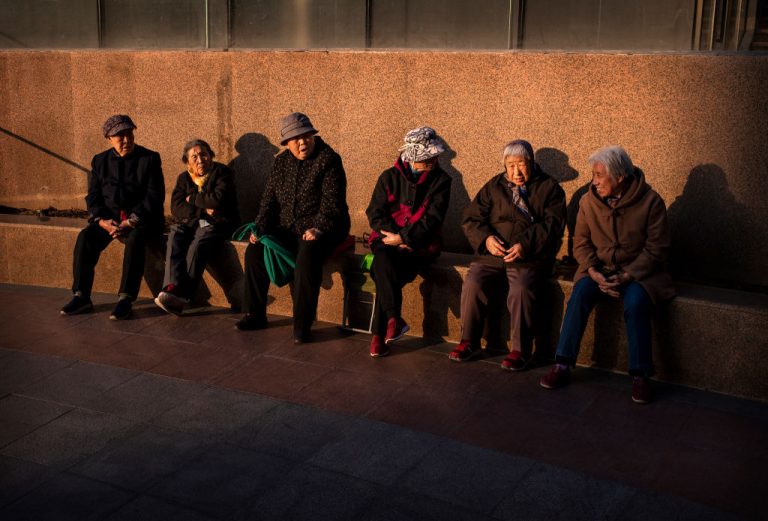China’s once in a decade census has revealed that 14 percent of all residents in 149 cities in China are over the age of 65 indicating a population crisis that will have deep impacts on China’s society and economy.
According to internationally accepted standards when a country’s population of people 65-years-old or older exceeds 7 percent the country is considered “aging.” At 14 percent the country is considered “deep aging” and at 20 percent a country is considered to have entered “super-aging”.
According to the census data released by the State Council of the Chinese Communist Party (CCP) on May 11, China’s population was approximately 1.4 billion people of which 13.5 percent, or 190 million, were aged 65 or above.
An analysis conducted by the state-run China Business News (CBN) found that the fastest-aging cities in China are mostly clustered around the Yangtze River and the southwestern cities of Chongqing and Chengdu, and the urban industrial northeast.
The analysis reported on 336 prefecture-level and above cities and found that in addition to the 149 cities that have entered deep aging 11 have entered super aging.
Success
You are now signed up for our newsletter
Success
Check your email to complete sign up
Ranking first was the city of Nantong which reported that 22.67 percent of its population was 65-years-old or older.
The province of Sichuan had the most aging cities with the province of Shandong coming in second.
“Similar situations were found to exist in Hunan, Anhui, and Hubei in the middle reaches of the Yangtze River, with 12 cities in Hunan and Anhui experiencing deep aging, and nine in Hubei,” Radio Free Asia reported.
Yi Fuxian, a senior researcher at the University of Wisconsin-Madison and an expert on Chinese population issues told RFA, “The real rate of aging in China is much more serious than current announcements suggest,” adding that, “but even the current published figures are very serious. The first thing is it is causing a slowdown in economic growth.”
Yi said he had predicted the slowdown in economic growth in China as far back as 2012 adding that he predicts economic growth in China will drop to just one percent by 2035 due to the aging population.
A combination of consumption patterns that become more conservative with aging, a lack of access to universal pensions, a debt crisis among local governments and a looming real estate bubble burst will make life much tougher across China, Yi said.
The CCP is well aware of its current population crisis and went as far as to implement a three-child-policy on May 31 of this year, 20 days after the census information was released.
Red flags emerged during the 2010s when Chinese demographers noticed census results pointing to an aging population that was not producing enough offspring to support the economy.
Currently, China’s working-age population — people between the ages of 15 and 59 — is in free fall. This age group has dropped from 70.1 percent of the population a decade ago to 63.3 percent today, according to AP.
The Chinese Labor Ministry, under previous policies, feared that the number of working-age people could fall to half the population by 2050. This would be disastrous for China’s economy.














